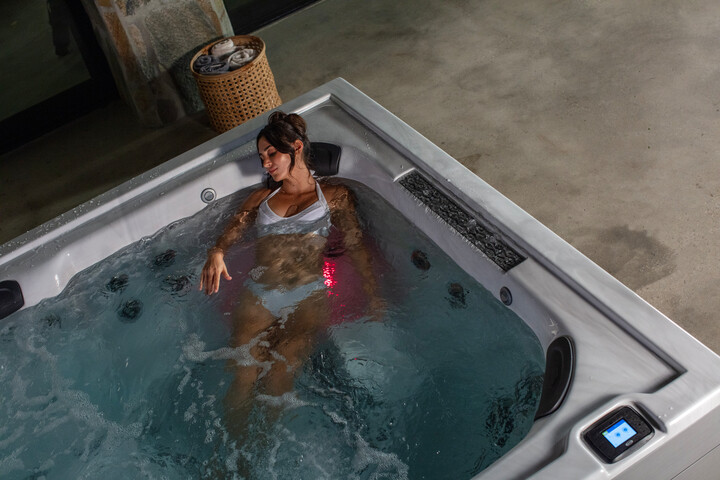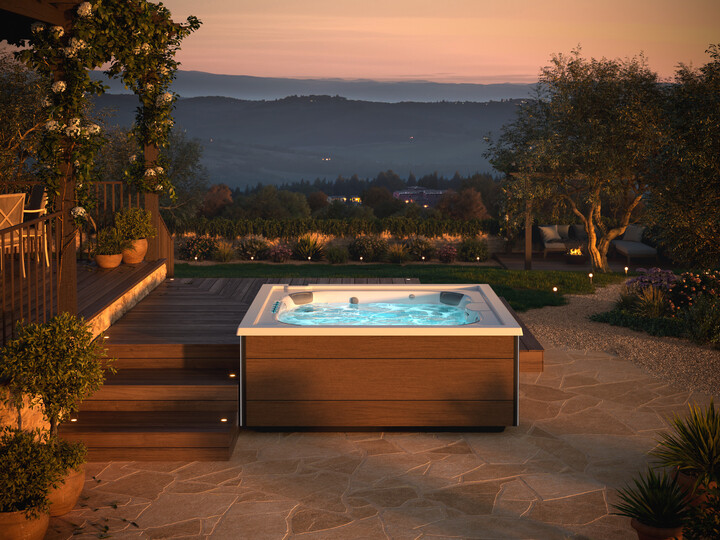Did you know that the hot tub has quite a long and in-depth history?
Even in ancient times, relaxing in baths was proven to be very beneficial. Sure, the spas didn’t have fancy jets, but the concept was quite the same. Read on to see how it’s evolved over time!
Ancient Egypt
As far back as 2000 B.C., Egyptians would bathe multiple times a day. Wealthy citizens even had designated bathing rooms. Even then, essential oils and flowers were being used for aromatherapy; much like we do today. For those who did not have access to designated baths, the Nile River was a perfect alternative.
Greece
Around 1500 B.C., the people of Ancient Greek would build pools around volcanic springs. Not only was the bath extremely warm, but it was also rich with minerals to foster relaxation and healing. As time went on, more sophisticated baths were built.
Rome
Around 200 B.C., baths were much more complex with the invention of concrete and aqueducts. Boilers were also able to heat up pools. The Romans had a variety of bathing structures. There existed baths at home, private baths, and public baths.
Japan
One form of bathing that is incredibly popular in Japan is the “onsen” otherwise known as hot springs. Even today, hot springs in Japan are commonplace. The first onsen opened in 737 A.D. Another form of hot tubbing that they used was called “ofuro”. These were wooden soaking tubs used for meditation and restoration.
United States
Taking inspiration from Japan, the United States began to create hot tubs in the 1940s. Over time, hydrotherapy pumps were invented. In the 1970s, fiberglass shell hot tubs were invented then superseded by cast acrylic shells.
Modern Day
Today, with the advancement of technology, hot tubs, and swim spas have never been better. With numerous jets, LED lighting, built-in waterfalls, temperature control, energy-efficient, and much more, the home pool and spa industry has become a wonderful investment that brings many benefits to your home.





